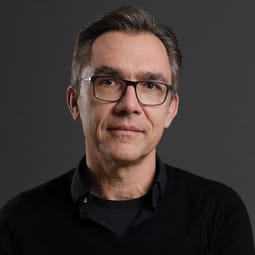
Jürgen Popp
Chair for Physical Chemistry, Friedrich Schiller University Jena; and Scientific Director Leibniz Institute for Photonic Technologies e.V., Jena, Germany
False

Chair for Physical Chemistry, Friedrich Schiller University Jena; and Scientific Director Leibniz Institute for Photonic Technologies e.V., Jena, Germany
A problem that could be tackled interdisciplinarily… Optical health technologies is a prime example of interdisciplinary research and requires the interaction of a wide range of disciplines, such as chemists, physicists, physicians, computer scientists, engineers, etc. One of the most important lessons we have learnt as technologists over the last 20-25 years is the need to involve the end user, i.e. the medical profession, in research from the outset. There is no point in researching a "cool" optical analytical method that is not needed clinically. Translational optical analytical research must always be driven by unmet medical need and requires the successful interdisciplinary interaction of technologists and clinicians from the outset. That is what we are also aiming for with our research – translate the researched optical methods into clinical applications.
Missing from the analytical toolbox? I would say all the fantastic possibilities AI offers is the missing part to finally pave the way for many current researched analytical approaches in general and optical or spectroscopic approaches in particular to be translated into routine applications.
Most memorable piece of advice? The path to becoming a professor and thus conducting independent and free research is often a long and rocky one. I can only say that it has paid off to take this path. What I have learnt and what my doctoral supervisor Prof. Dr Wolfgang Kiefer has also given me along the way is to learn from defeats and frustrations and not to give up. I can give this advice to every young scientist to not give up and to turn frustrations or defeats into the opposite.
Receive the latest pathologist news, personalities, education, and career development – weekly to your inbox.

False
False
False